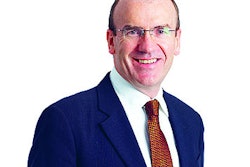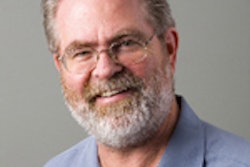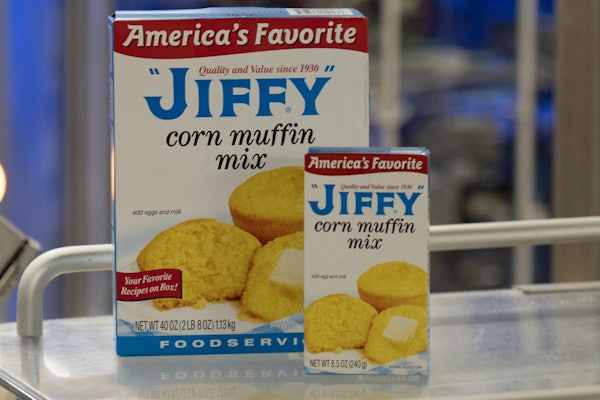Small packages consume fewer materials, so they’re better for the environment. Retailers love them because they eat up less shelf space, enabling more packages to be stocked in the same shelf space and bringing a higher “ring” per square foot. But consumers still determine whether a product sells or sits on the shelf. One blog makes the case that smaller packages can bypass consumer self-control functions, especially in food products, and “fly under the radar” by encouraging greater consumption. This thinking is supported by research published in the Journal of Consumer Science. With so much focus placed in the past two years on the environmental and retailer benefits of smaller packaging, here’s evidence that really gets to the heart of a winning smaller-packaging: Consumers just may rationalize their own shopping preferences enough to buy it. That’s a return on investment that senior management at consumer packaged goods companies can sink their teeth into.
Innocent pleasure: Smaller-packaging ROI that has teeth
Smaller packaging is rooted in environmental and retailer concerns. But here’s the bottom line: Smaller drives sales when consumers can rationalize it as a tiny treat.
Oct 28, 2009
Machinery Basics
Annual Outlook Report: Automation & Robotics
What's in store for CPGs in 2025 and beyond? Packaging World editors explore the survey responses from 118 brand owners, CPG, and FMCG Packaging World readers for its new Annual Outlook Report.
Download
Researched List: Engineering Services Firms
Looking for engineering services? Our curated list features 100+ companies specializing in civil, process, structural, and electrical engineering. Many also offer construction, design, and architecture services. Download to access company names, markets served, key services, contact information, and more!
Download Now
Downloads






















